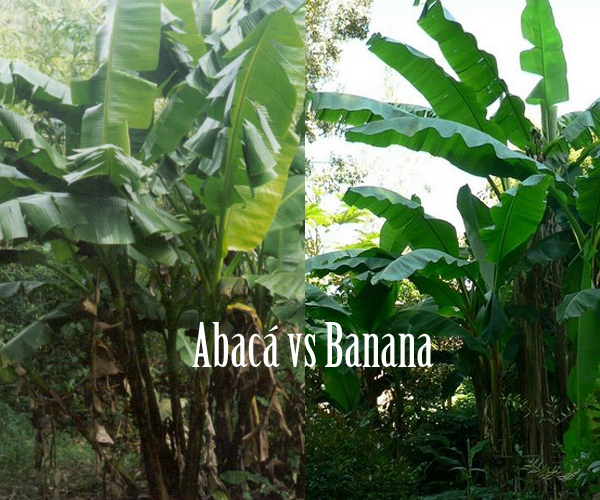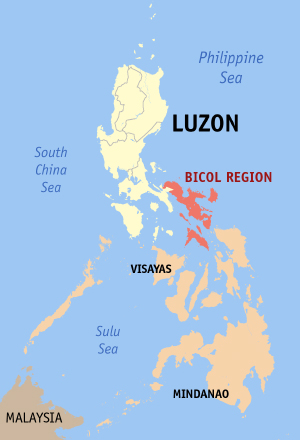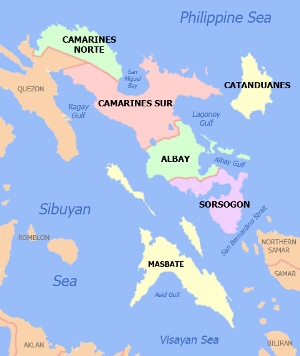What is Abacá?
I’ve been researching the eco-friendly abaca fiber, so stay tuned more posts as I scour the Internet for information. This is for an exciting project for Kailique Online Boutique that I hopefully will be able to announce in the next couple of months!
What is Abacá?
Abacá is a species of banana plant native to the Philippines and is part of the same genus, Musa, as the more common banana plant that it closely resembles. Its local nickname is “BacBac”, while its more scientific botanical name is Musa Textilis.
While banana plants are often referred to as trees, technically they are herbaceous flowering plants and their apparent stems are actually the bases of the huge leaf stalks.
How can you tell the Abacá plant apart from the common Banana plant?
Here are the traits that differentiate an Abacá tree from its lookalike cousin:
(1) Fruit: The most obvious difference between the two is the type of fruit they produce. The abacá fruit is smaller, inedible and full of seeds.
(2) Leaf Shape: Abacá leaves are smaller and narrower, with pointed ends, while banana leaves are broader with more rounded ends.
(3) Leaf Colour: Abacá leaves are a darker shade of green than banana leaves.
(4) Stalks: Abacá stalks are more slender. When mature, the abacá plant consists of about 12 to 30 stalks radiating from a central root system, each of which grow to about 12 to 20 feet high.
(5) Height: The average height of an abacá plant is 15 to 20 feet tall, usually smaller than the banana plant which can grow to 25 feet tall.
Origins of Abacá.
The abacá is believed to have evolved in the Bicol region of the Philippines, a region composed of four provinces in the Bicol Peninsula, the southeastern end of Luzon island, and two island-provinces adjacent to the peninsula, Catanduanes and Masbate.
The Bicol region is still the largest producer of abacá with its production accounting for 37.5% of total output in the Philippines for January to November 2011. The second largest producer was Eastern Visayas, accounting for 22.7% of the country’s total output, and the third was the Davao region.
While the Philippines supplies 85% of the total abacá requirement of the world, abacá has grown as a commercial crop in other parts of the world, including Ecuador and Costa Rica. The fiber of abacá was also once generally referred to as Manila hemp, and the Philippines is the world’s largest provider of the abacá plant to other countries for the processing of fibers into twine and speciality paper.
The major markets for abacá are the United States, Japan and Germany.
More to come about the Uses of Abacá Fibre.
References:
(1) About Abaca – Abaca Plant. Abaca Philippines. http://abacaphilippines.com/abaca.php?go=about&show=plant
(2) Fortunato, Michelle. What is the Origin of Abaca? eHow. http://www.ehow.com/facts_6680029_origin-abaca_.html
(3) Musa (genus). Wikipedia. http://en.wikipedia.org/wiki/Musa_%28genus%29
(4) Abacá. Wikipedia. http://en.wikipedia.org/wiki/Abaca
(5) Abaca exports reached $122.01M in Jan. to Oct. 2011. Business Mirror. http://businessmirror.com.ph/component/content/article/53-agri-commodities/21666-abaca-exports-reached-12201m-in-jan-to-oct-2011
Posted on January 19, 2012, in Abaca, Sustainable Fashion and tagged Abacá, eco friendly, Manila hemp, Philippines, textiles. Bookmark the permalink. Leave a comment.




Leave a comment
Comments 0